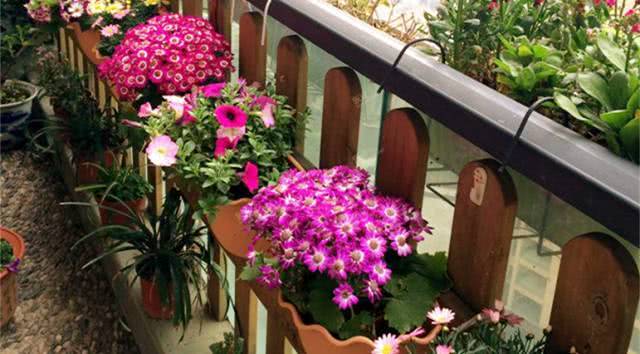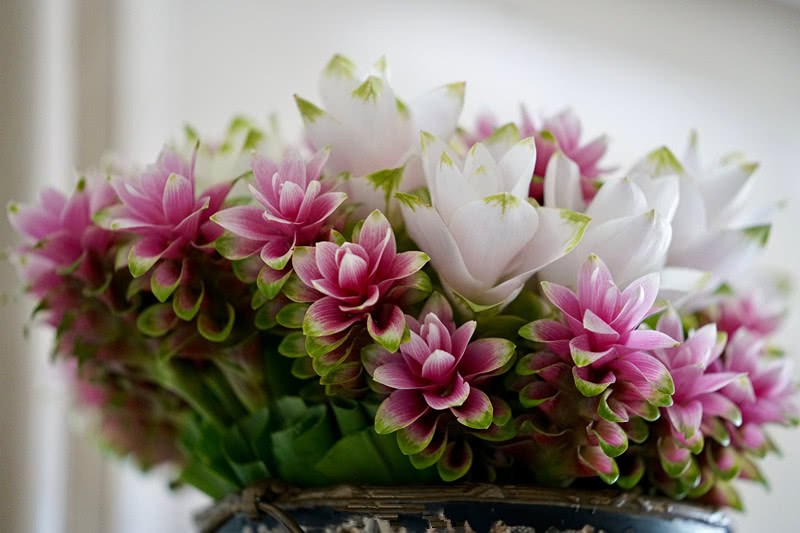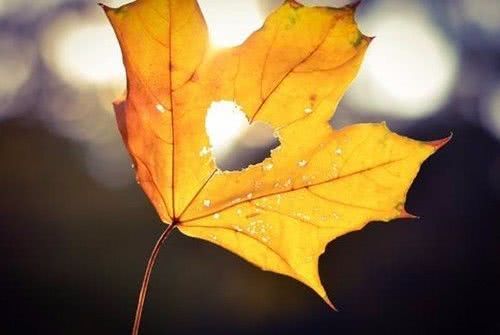Don't throw away the rubbish after thorough cleaning. It's all good materials for growing flowers.

I believe that friends who like to grow flowers all understand that many unremarkable things in life are indispensable materials in the process of growing flowers, just like in the time of thorough cleaning, most of the domestic waste sorted out does not need to be thrown away. A little treatment is a good helper for growing flowers.
Vegetable pericarp-fertilizer
The seemingly useless peels of vegetables and peels at home are actually good fertilizers for growing flowers. These things contain considerable amounts of nitrogen, potassium, phosphorus, and so on, which are indispensable elements in the process of flower growth. Can greatly promote the healthy growth of plants.
1. Wash the peel of vegetables and cut them into small pieces.
2. Then put these things in plastic bottles and expose them to the sun for a week or so.
3. Next, bury them in the soil and pay attention to the principle of plant roots when burying them, which is the best flower fertilizer.
Plastic bags-first aid plants
Plastic bags, which seem to have no special use, can be the best choice to save dying plants in ingenious ways. If the plant at home is short of water for a long time and is about to die, you can use plastic bags to achieve the purpose of first aid.
1. Spray some clear water on the surface of plants that are depressed due to excessive lack of water.
2. Take a plastic bag, put several small holes in the surface, and then spray some water in the plastic bag.
3. Wrap the plants in plastic bags and put them in a cool and ventilated place.
4. The plant can recover slowly in about a week, and after the plant grows new branches and buds, remove the plastic bag for normal maintenance.
Old newspaper waste paper-- cutting
Seemingly useless waste paper or unused old newspapers at home can actually play a vital role in the process of plant cutting. if they are used to help cuttings, the rooting rate of cuttings will be greatly improved.
1. Select a branch with good growth situation and no obvious defects as cuttings.
2. Wet the waste paper with water, and then wrap it around the bottom of the branch so that it doesn't have to be too tight.
3, then put the cuttings in a cool and ventilated place, spray water on the waste paper every day, keep it in a moist state, and the cuttings can successfully take root in about half a month.
Litter-- Base Fertilizer
If you have a yard or a large number of flowers at home, you will inevitably clean up a large number of dead branches and leaves during thorough cleaning. In fact, with a little treatment, these things are good plant base fertilizer, which is not only clean and environmentally friendly, but also has a good effect.
1. gather the dead branches and leaves together and wash them carefully to avoid the inclusion of eggs, dirt, etc.
2. Then put them in a larger container and expose them to the sun
3. Some soil can be added to it, which can promote the withered branches to mature faster.
4. For a week or so, when you see the object in the container turn black, it means that the retting is complete, and then put it at the bottom of the flowerpot.
Straw-controlled watering
In fact, straws are also very useful artifacts for flower cultivation. Many people are more worried about watering when growing flowers. They are not sure how much water should be watered according to the current state of their plants. At this time, the use of straws can allow plants to absorb the water they need.
It is easy to control the amount of water.
1. Select several thick straws and drill several small holes with knives and other tools in the lower part.
2. Then insert the straw into the soil and pay attention to keeping away from the root system of the plant.
3. Then use the elbow bottle to fill the straw with water at once, so you don't have to worry about the problem of too much water.
4. In this way, the plant can absorb the necessary water from the straw on its own. You just need to observe whether there is any water in the straw every few days and fill it up in time.
If you also like growing flowers, follow us!
- Prev

A new type of potted ornamental flower is as beautiful as a lotus and easy to raise, such as a green apple with a long flowering period.
Guide green potted plants is a necessary embellishment of home life, raising some flowers and plants at home, many benefits, not only can beautify the room, but also happy mood. Huasheng potted Plant Diary No. 1404 will introduce you to a new type of ornamental flower. Today.
- Next

Pick up a few fallen leaves in autumn and teach you to turn into a rose for 3 minutes.
In the autumn full of golden and harvest colors, fallen leaves of various shapes and colors always fall in front of us inadvertently, light and heavy, telling us softly that autumn is coming. These beautiful fallen leaves not only let us send.
Related
- Wuhan Hospital Iron Tree Blooming Result Was Instantly Frightened by the Gardener Master
- Which variety of camellia is the most fragrant and best? Which one do you like best?
- What is the small blue coat, the breeding methods and matters needing attention of the succulent plant
- Dormancy time and maintenance management of succulent plants during dormancy
- Minas succulent how to raise, Minas succulent plant pictures
- What are the varieties of winter succulent plants
- How to raise succulent plants in twelve rolls? let's take a look at some experience of breeding twelve rolls.
- Attention should be paid to water control for succulent plants during dormant period (winter and summer)
- Watering experience of twelve rolls of succulent plants
- Techniques for fertilizing succulent plants. An article will let you know how to fertilize succulent plants.

